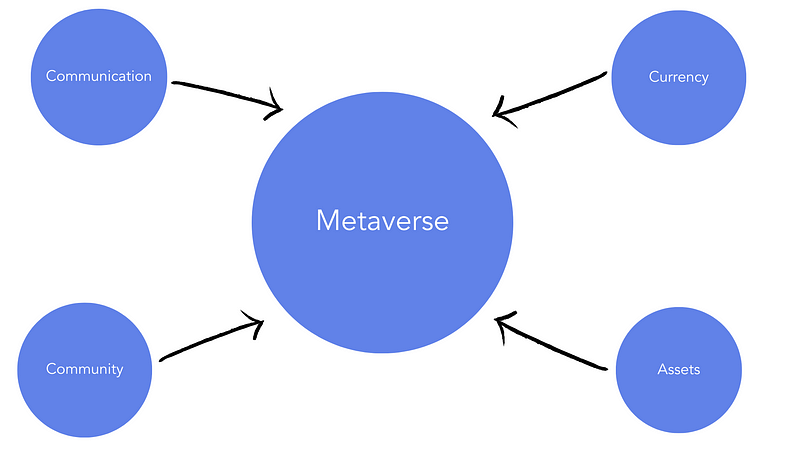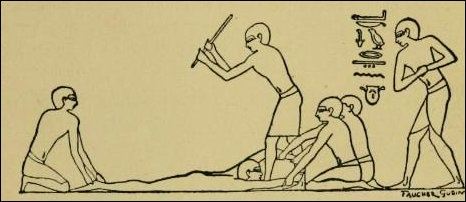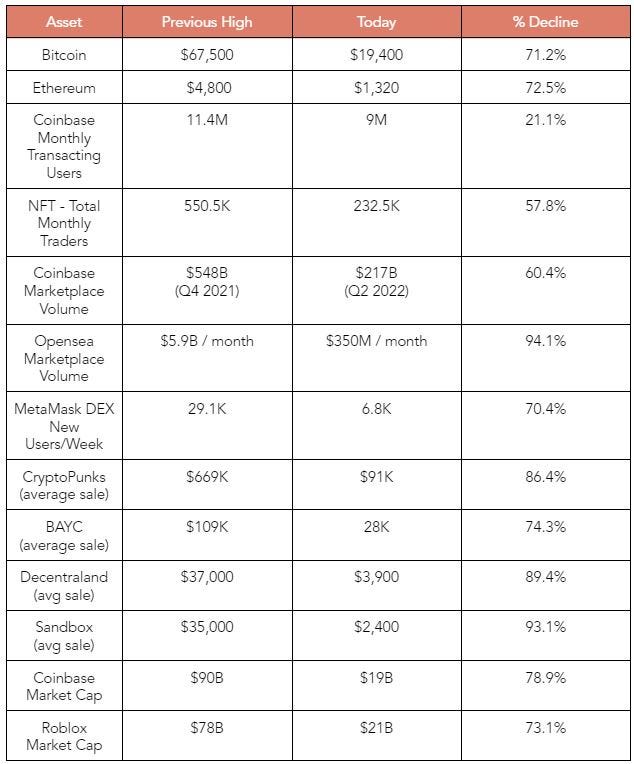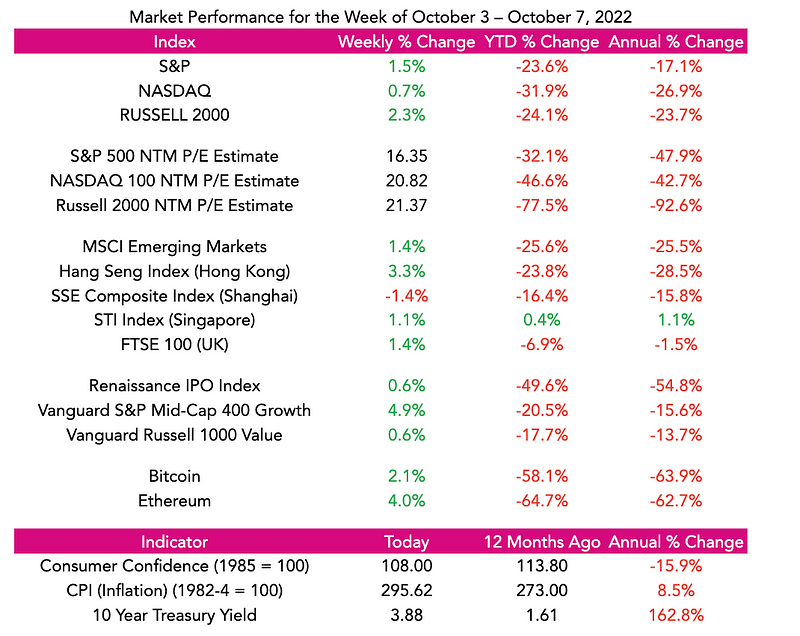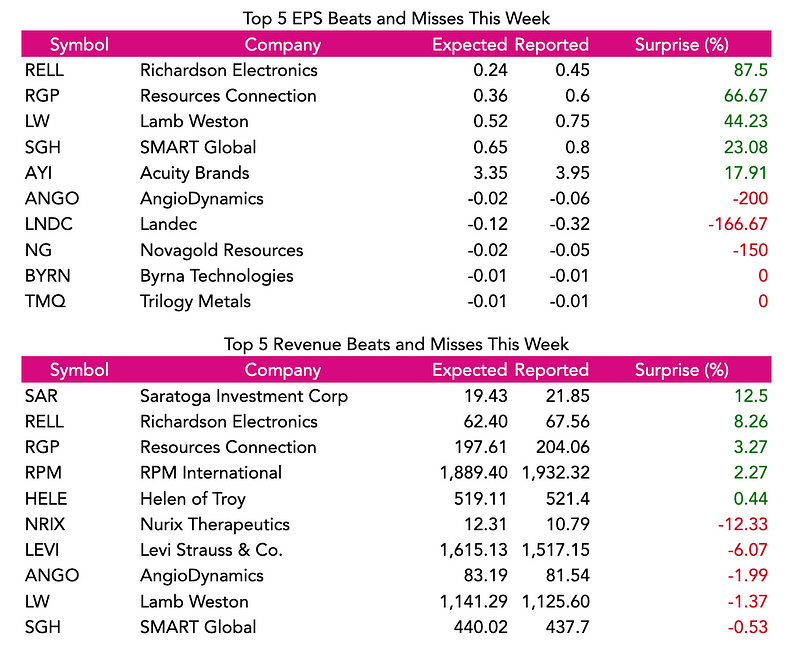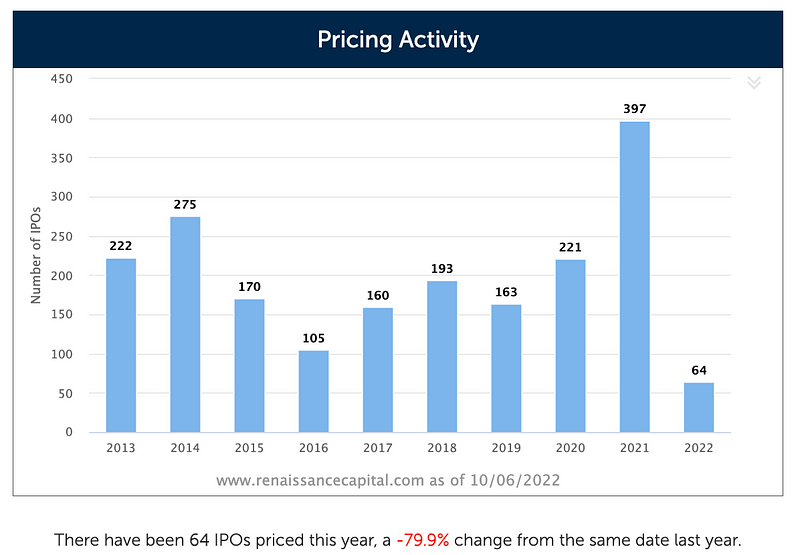“If a man owns a little property, that property is him…it is part of him…in some ways he’s bigger because he owns it.” — John Steinbeck, The Grapes of Wrath
”Buy land, they aren’t making it anymore.” — Mark Twain
“Find out where the people are going and buy the land before they get there.” — William Penn Adair
Loyal readers of EIEIO (who were left in limbo for the better part of 2022) might be wondering what’s going on with the massive history lessons with our missive.
So we don’t leave you in the dark anymore, here’s what’s going on. We think we are at an inflection point for the next wave of the Internet which is going to dwarf what’s happened in the past thirty years….which is saying something.
We are making a big bet that Web 3 and the Metaverse are going to be transformative. Accordingly, given our research roots, we’ve been working on a white paper for much of the year and we are releasing small pieces in our weekly EIEIO. Subscribe to follow along.
To have a point of view on the future, it’s important to understand the past. Accordingly, we’ve gone back in time to look at communications, community, assets, and currency as we project what is going to be the new reality in our emerging virtual world.
Who owns the world?
The US federal government owns about 640 million acres (28% of the country’s land). In China, the communist government owns 100% of the land or 2.4 billion acres.
But the world’s biggest single landowner is King Charles III, who inherited his late mother’s royal titles to 6.6 billion acres (one-sixth of the earth’s land surface): including all of Britain, Canada, Australia, New Zealand, and Antarctica.
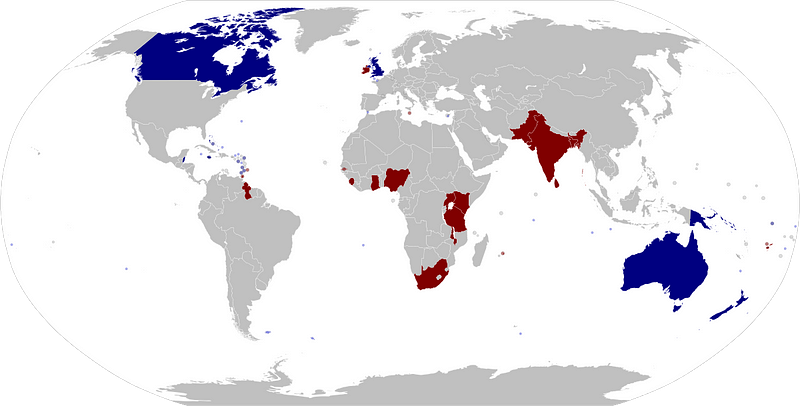
They say you can’t buy happiness. But before Jefferson declared the “pursuit of happiness” an unalienable right, John Locke had a similar thought: people have the natural rights to life, liberty, and property.
Rhetorical glitter, or a real substitute? The slogan “no taxation without representation” seems to imply an overlap in meaning: property ownership is a prerequisite for a virtuous and flourishing life.
The 5th and 14th Amendments of the Constitution (which put “property” beside “life” and “liberty”) support that reading. Given the importance of property in law, it would seem that buying and owning things is at least a part of the pursuit of happiness.
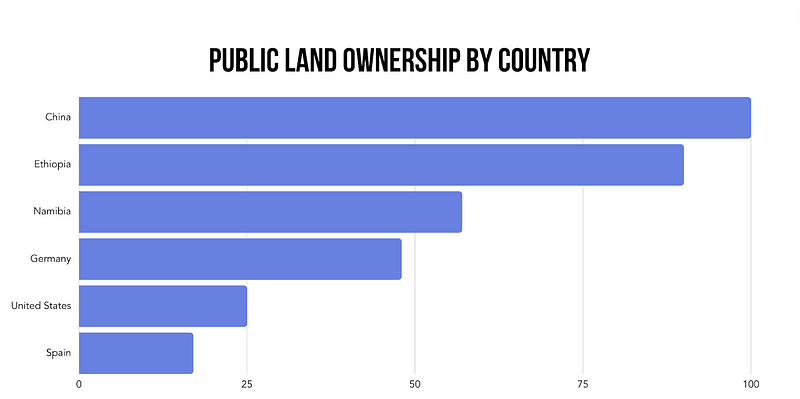
A Brief History of Property and Asset Ownership
Throughout history, ownership of property, currencies and financial assets arose as a necessary ingredient for survival, economic and social utility, and technological advancements.
Wherever access to property is widespread, politics are more stable. Owners have a stake in the existing regime. And the rights create security, liquidity, and prosperity.
Collective ownership and consumption came first. Scarcity meant that communities needed to pool their resources. A well-fed army could fend off predatory hordes.
In return for protection, people paid homage to the tribal leader, lord, or king in the form of taxes or tenancy. Historically, property and its ownership were tied to land. As the Hebrew Bible reads in Leviticus 25:23, “The land is mine; with me you are but aliens and tenants.”
Recognition of individual property ownership, necessary for bartering and trade, also emerges. Humans make laws to prohibit theft. A common punishment was the amputation of the arm or fingers of the thief. The ancient Egyptians flogged those who stole property.
In 750 BC, Hesiod’s Work and Days celebrated the idea of private farms owned by individual farmers. In 594 BC, property and currency became more accessible to the Greeks through Solon, a Greek statesman and poet. Solon revised the Athenian economy by canceling the debts of the peasantry and minting coinage on a more universal standard. A new class of citizens rose and the economy prospered.
It was also in ancient Greece that the first-ever options trade was recorded, with the philosopher Thales speculating on the olive harvest.
Early financial assets can be traced to Venice in the 1100s when the government sold bonds called prestiti. Carrying a nominal interest rate of 5%, they became a privileged investment among elites and were used as dowries… they were also a means to raise money for war.
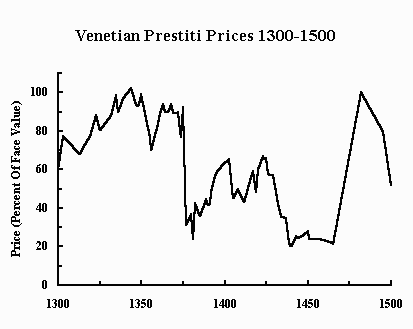
The right to transfer the bonds, making them liquid and fungible, helped make Venice rich and reduced the likelihood that the city would bankrupt citizens by defaulting on its debts.
That was until a devastating war with Genoa in the 1370s, which reversed the city’s fortunes and shook investor confidence for more than a century.
Under the feudal system, all land belonged to the monarch or by “tenants in chief” on his behalf. Heavy taxation and inequality spurred hundreds of peasant revolts.
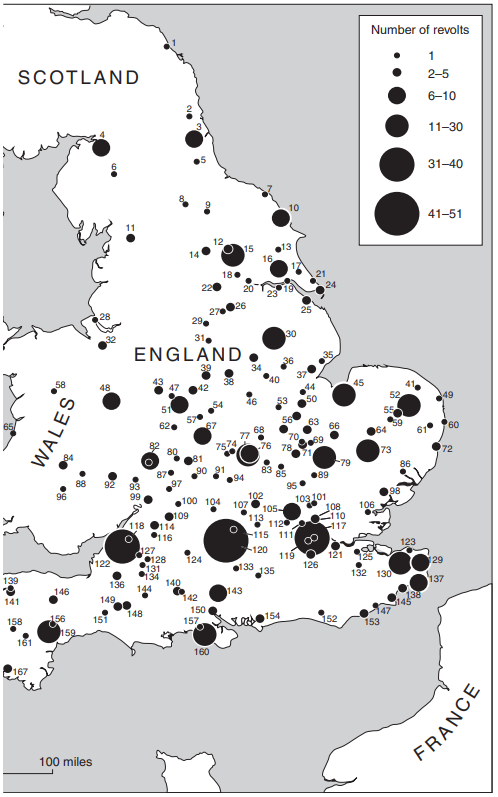
The first fully functional commodities exchange was invented by the Japanese with the 1697 Dōjima Rice Exchange. At the time, feudal lords and the samurai class were paid in rice, not coins.
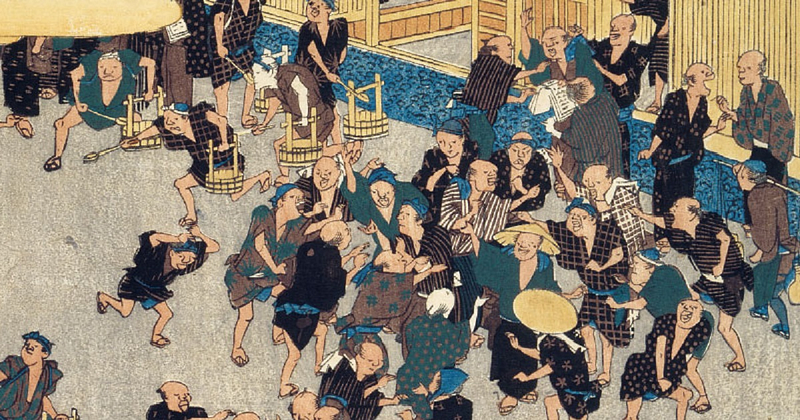
Painting by Hiroshige (1797–1858) Property of Osaka Prefectural Nakanoshima Library. To get traders to leave after markets closed, workers sprayed them with water.
Establishing a market to “barter” for rice, brokers played a profitable role in the growth of the Japanese economy.
Over the next hundred years, coins would eventually replace rice, and then the spread of paper money was facilitated at Dōjima.
The first liquid corporate equities is credited to the Dutch East India Company’s stock in 1602. The Dutch East India Company sent over one million voyagers across Asia and at its peak was worth 78 million Dutch guilders.
That translates to over $7.9 trillion in USD today, or more than the value of Apple, Microsoft, Google, Amazon, and Tesla combined.

It was also the Dutch in the 17th century that was responsible for tulpenmanie, Tulip Mania. For a short period, tulips were used as a currency. A single bulb in 1637 could cloth, feed, and house a whole dutch family for half a lifetime, or purchase a mansion in Amsterdam.
The tulip bubble arose as people sought out the ‘next big thing.’ Bubbles burst when that speculation becomes unsustainable. New asset classes stabilize when they become essential to society.
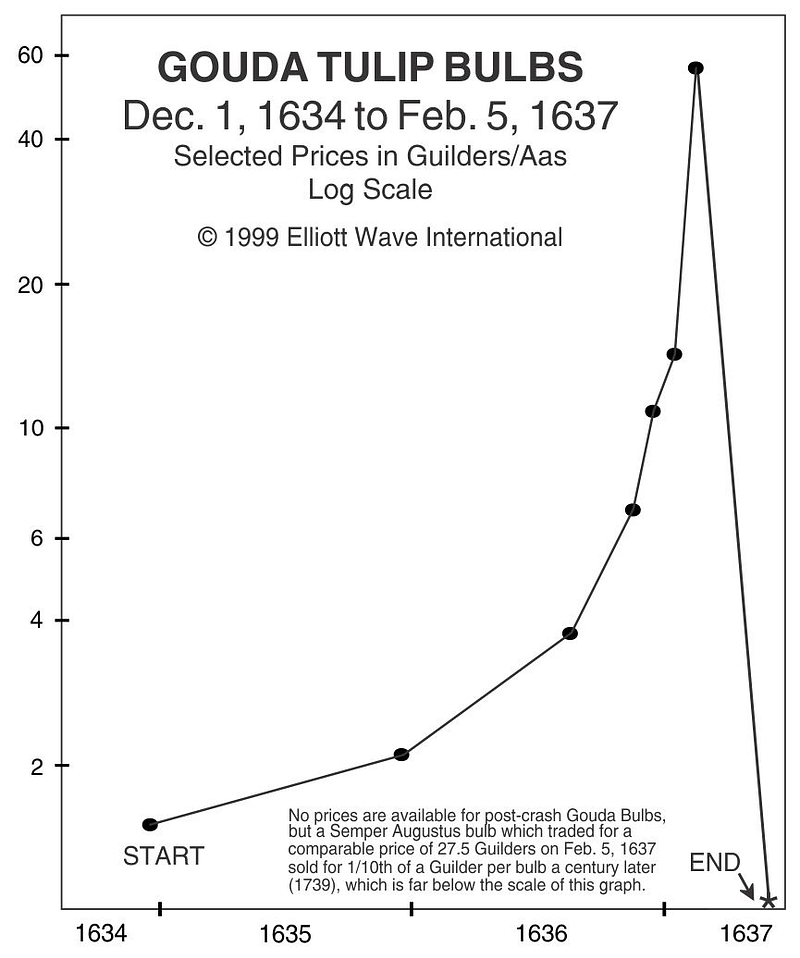
American Property… and Piracy
In the mid-1700s, the American colonies had no banking system or common currency. With a lack of coins, bartering in exports like animal skins, dried fish, and tobacco was a common means of payment.
The friction in exchange dropped after Congress established the U.S. Mint in 1792 and started producing coins bearing the images of the eagle and lady Liberty. It was a widespread catalyst for economic development.
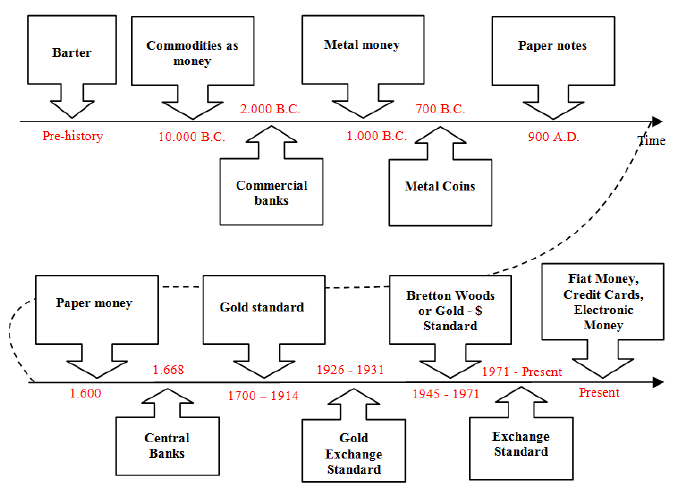
America also had less friction in property ownership. Unlike the Spanish or French colonies, New England allowed people to secure land in their own name, becoming a liquid source of wealth used to get credit.
Property rights were cornerstones for capital formation and a market economy…but piracy also played a role. In 1791, Alexander Hamilton wrote a “Report on Manufacturers” to Congress suggesting that the United States take all “due pains” to get their hands on industrial machines.
The first U.S. Patent Act allowed for it, and America became the “world’s premier legal sanctuary for industrial pirates,” as economist and politician Pat Choate wrote.
In the 19th century, Smugglers like Samuel Slater and Francis Cabot Lowell brought industrial textile manufacturing to America. Cotton production in New England exploded.
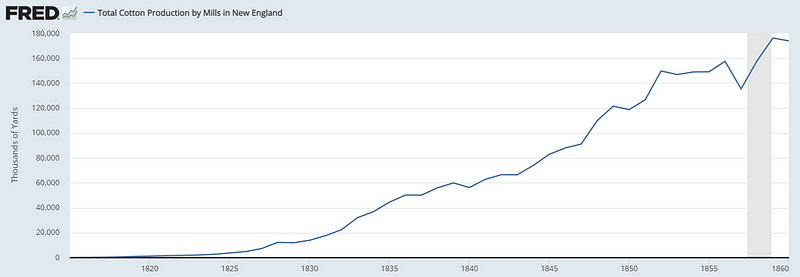
It wasn’t until the late 1800s that global protection of Intellectual Property rights would be respected by international legislatures. By then, American industry was off to the races.
Even though piracy and technology leapfrogging can help developing countries narrow the gap between them and developed countries, there’s good empirical evidence to suggest that countries, stable property rights within countries boost economic growth.
One study found that “a doubling in the index of the quality of property rights leads to a more than doubling in per capita incomes.” The International Property Rights Index (IPRI) finds that countries in the top quintile of IPRI scores show a per capita income more than 21 times the countries at the bottom quintile.
In modern times, ownership continues to evolve with the creation of new assets. These include carbon credits, customer data, flexible coworking space, and importantly, digital assets.
But first… let’s talk about collectibles.
Collect them all
History is filled with collectors ranging from the cabinets of curiosities (predecessors to museums) to the Lorenzo de Medici’s gem collection to Sigmund Freud’s antiques.
Angelina Jolie collects hunting knives, and Johnny Depp collects Barbie dolls. The hoarding of rare items comes from a fundamental instinct to save up for darker times. In modern times, this has translated into sentimental and monetary value.
Collectibles are a $400 billion dollar market and have emerged as alternative assets in recent years, many in the form of toys.
A few examples:
Sports Cards. A 1952 Mickey Mantle baseball card was sold for $12.6 million in August 2022. During the first half of 2021, eBay reported $2 billion in trading card transactions on its site.
Beanie Babies. By retiring Beanies to concocting scarcity, Ty Warner sold $280 million worth of Beanie Babies in 1996. Rare models like Princess the Bear and Large Wallace and his squad have been listed at over $500,000.
Bobblehead Dolls. The world’s most valuable bobblehead doll is a 1961 New York Yankees nodder made in Japan. It was sold in 2015 for $59,650.
LEGO Sets. Vintage LEGO sets make fans nostalgic, sending prices through the roof. The first edition Millennium Falcon has been sold for $15,000.
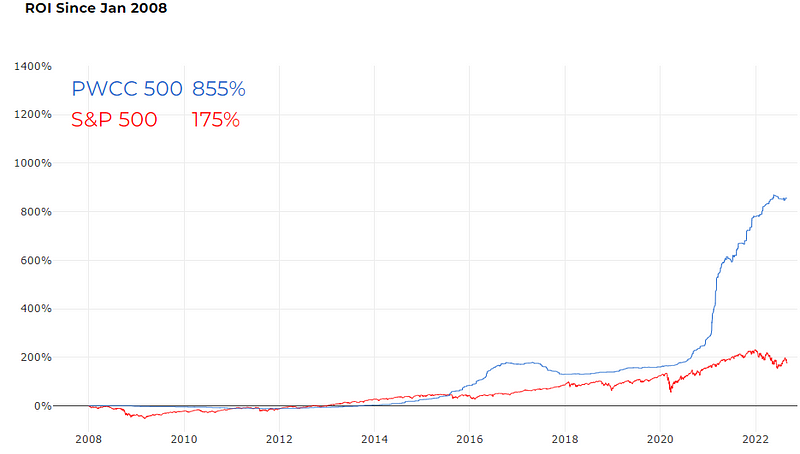
Alternative assets are beginning to be stored in bits, not just in basements. ALT is a platform for buying, selling, and vaulting trading cards. Vint is a platform for investing in fine wine. Masterworks is a platform for investing in fine art.
These platforms are using digital tools to bring items “online” that we own “offline.” But we think there’s an even larger opportunity in creating a new type of property: digital assets.
Digital Ownership
A new type of property has emerged: digital assets and NFTs. But before Bitcoin, there was Beenz.
Founded in 1998 by 29-year-old Charles Cohen, Beenz offered an “e-currency” for doing things like visiting a website or logging on through an ISP. Beenz raised $86 million in venture capital, promising to create a frictionless internet currency.
Larry Ellison, CEO of Oracle, gave an early endorsement: “Beenz.com is clearly an innovator by developing a true global Internet currency.”
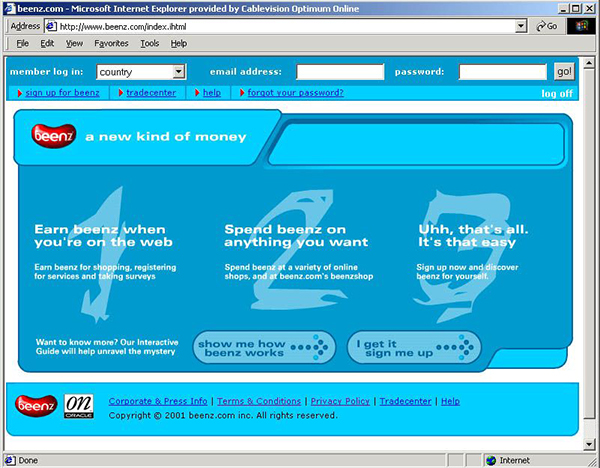
One issue? Flooz, a rival currency which raised $35 million in venture capital and had Whoopi Goldberg as its spokesperson. Flooz let businesses give customers Flooz credits, which could be redeemed at participating online stores.
But the fundamental problem was lack of adoption. After the dot-com bubble burst, neither Beenz nor Flooz were recognized as a medium of exchange and went bankrupt quickly after.
It was PayPal (launched the same year as Beenz), Amazon, and Visa who captured the value of turning cash into digitally transferable money.
Today, geographical borders are becoming irrelevant. The physical buildings used for land registries, exchanges, and banks can be substituted with a smartphone. Markets, wallets, and proof of ownership now live in a digital ecosystem.
As a scarce asset and a medium of exchange, Bitcoin makes a lot of sense. “Full faith and credit” of the US government don’t mean much when it has $31T in debt and runs over a trillion in deficits each year.
If you fly from New York to London and exchange dollars for pounds at the currency exchange, the exchange takes a 12% cut. That’s a lot of friction.
Digital currency on the other hand reduces friction substantially. Compared to traditional mechanisms, Bitcoin is faster (10 minutes for a transaction vs. 3 days for a wire), cheaper (<$1 in gas fees vs. 3% foreign transaction fees), and better (table below).
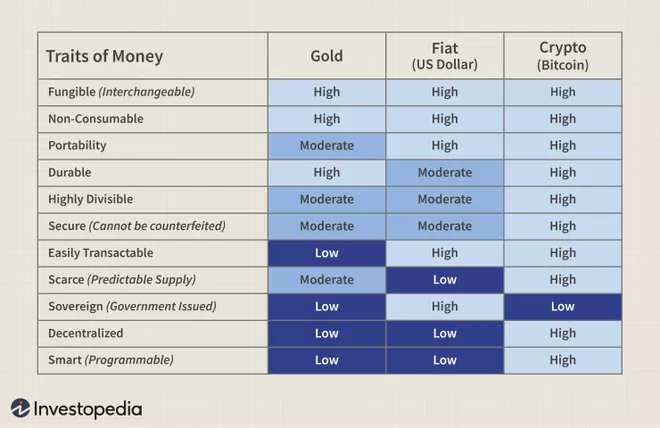
What started as a digital collectible for cypherpunks and anarcho-capitalists, having survived multiple bubbles, now has real potential to grow into a global medium of exchange.
NFTs also started as digital collectibles — art, profile pictures, and digital sports cards.
The most famous sale to date was Beeple’s “Everydays: The First 5000 Days” for $69.3 million. As the 8th most expensive art piece sold in 2021, Beeple was listed next to the likes of van Gogh, Monet, and Pollock… Not bad for a jpg, even one 21,069 x 21,069-pixels large.
Unlike Beanie Babies, it’s not just fun and games (though that’s a big part of it, too). From virtual fashion, ticketing, credentials, and real estate, NFTs have the potential be the infrastructure for a new economy.
Let’s go back to property. In addition to virtual metaverse land (~$2B market cap after its 85% drawdown), there’s putting real-world assets ‘on chain.’
CityDAO, sDAO, and Balcony DAO are all unlocking liquidity in real estate by creating NFT platforms where communities pool resources to purchase real estate and possess them through fractional ownership.
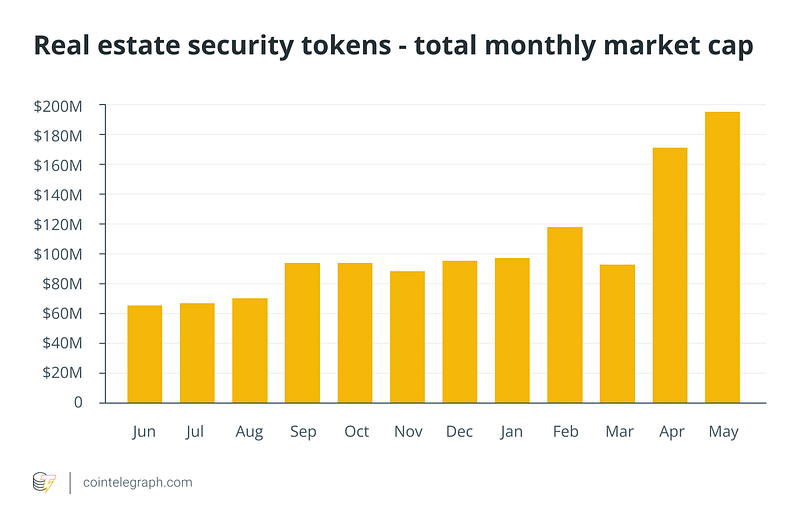
It’s something like OpenSea meets Zillow… or a REIT, but remove the intermediary. With tokenized property, crowdsharing ownership is now possible, which could reduce friction in exchanging the largest asset class in the world.
Comedians, writers, and skateboarders are also getting in on the action. With NFTs, any type of creator can monetize their IP in new ways.
Take Endstate, a Boston-based sneaker brand. They partnered with Philadelphia Eagles wide receiver DeVonta Smith to release a pair of signature shoes that come with a chip that links to an NFT.
Endstate’s NFTs grant exclusive event access, gameday perks, and bonus products. For $250 USD (only $20 more than the Nike Lebron IX signature shoe), fans get a sneaker, an NFT, and a series of perks: for every play over 40 yards, sneaker owners get a free cheesesteak.
Metaverse Highs vs. Today
Cryptoland is cold…but so far, it’s a warm winter. Considering that bitcoin drawdowns have ranged from -83% to -93%, today’s -70% difference feels mild by comparison.
Considering the fact that web3 developers are at an all-time high and growing fast, I suspect it won’t be long until we see the climate change.
Market Performance
Stocks were on a rollercoaster ride last week with shares surging earlier in the week on hopes the Fed was going to take a pause on its hiking rates, but stocks sinking at the end of the week where that looked less likely. For the week, the Dow advanced 2%, the S & P was up 1.5% and the NASDAQ increased .7%.
The U.S. Economy added 263K jobs in September with unemployment falling to 3.5%.
Energy stocks surged on Wednesday as oil-producing countries said they were going to reduce production by 2 million barrels a day. In response, the Biden administration said it would be releasing 10 million barrels of oil over the next month.
With the S & P 500 down nearly 25% YTD and NASDAQ being down over 30%, one would assume bargains abound. With interest rates continuing to rise and valuations overall still not overly “cheap,” we remain cautious.
GSV’s Four I’s of Investor Sentiment
GSV tracks four primary indicators of investor sentiment: inflows and outflows of mutual funds and ETFs, IPO activity, interest rates, and inflation. Here’s how these four signals performed this past week:
#1: Inflows and Outflows for Mutual Funds & ETFs
The gap is starting to close between domestic and foreign equity funds… time will tell if this shift is driven by confidence at home or anxiety abroad.
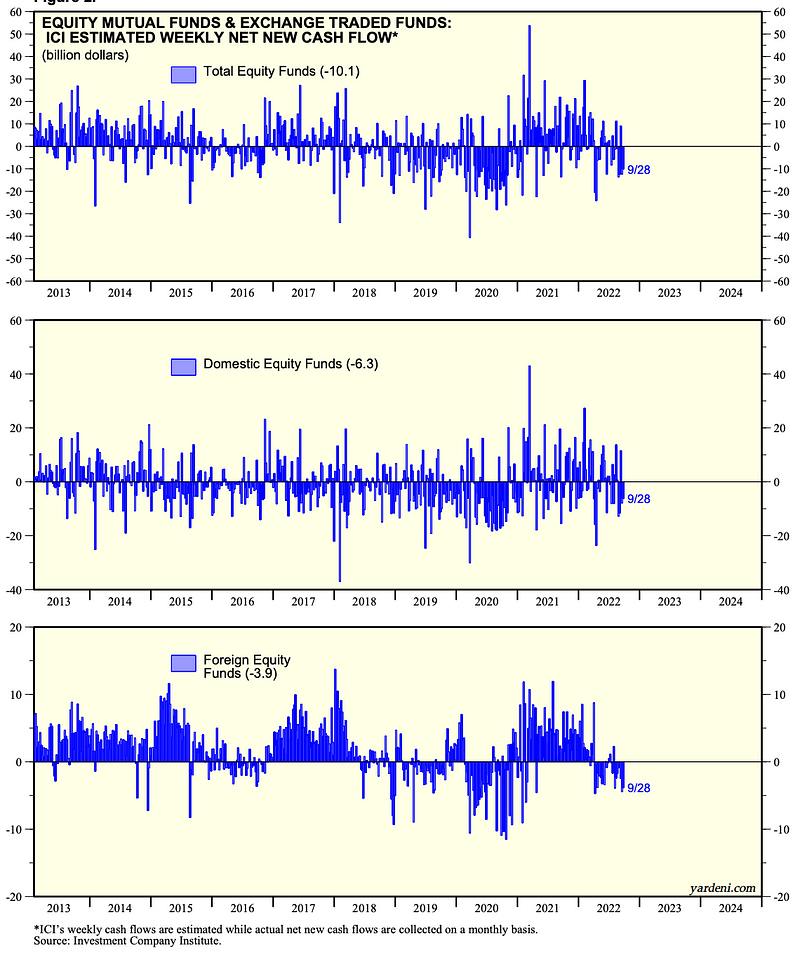
#2: IPO Market
Renaissance Capital shared that Q3 2022 was the worst third quarter for new issuers in over a decade, as the IPO market remains on track to raise the lowest proceeds of any year in the firm’s 30+ year history. Besides Intel’s filing to take Mobileye public, the IPO market remains quiet.
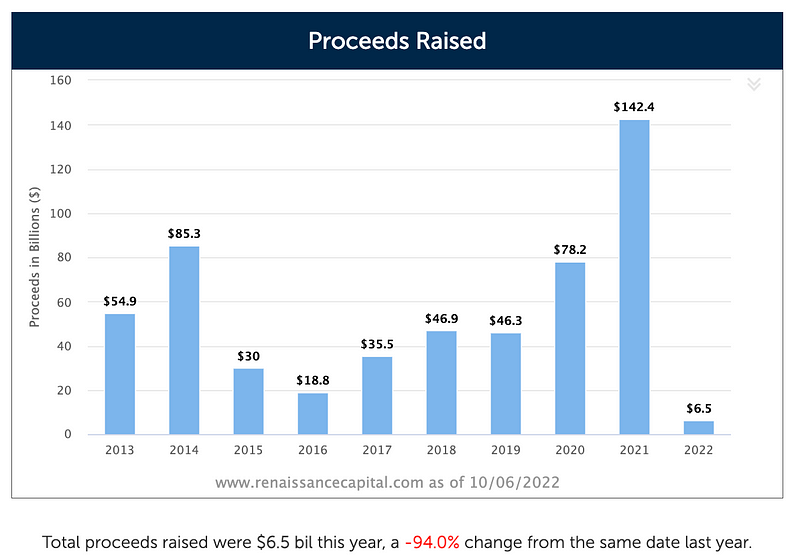
#3: Interest Rates
While we anxiously await the Fed’s next meeting in early November, the graph below highlights the swiftness and severity of the Fed’s actions over the past six months.
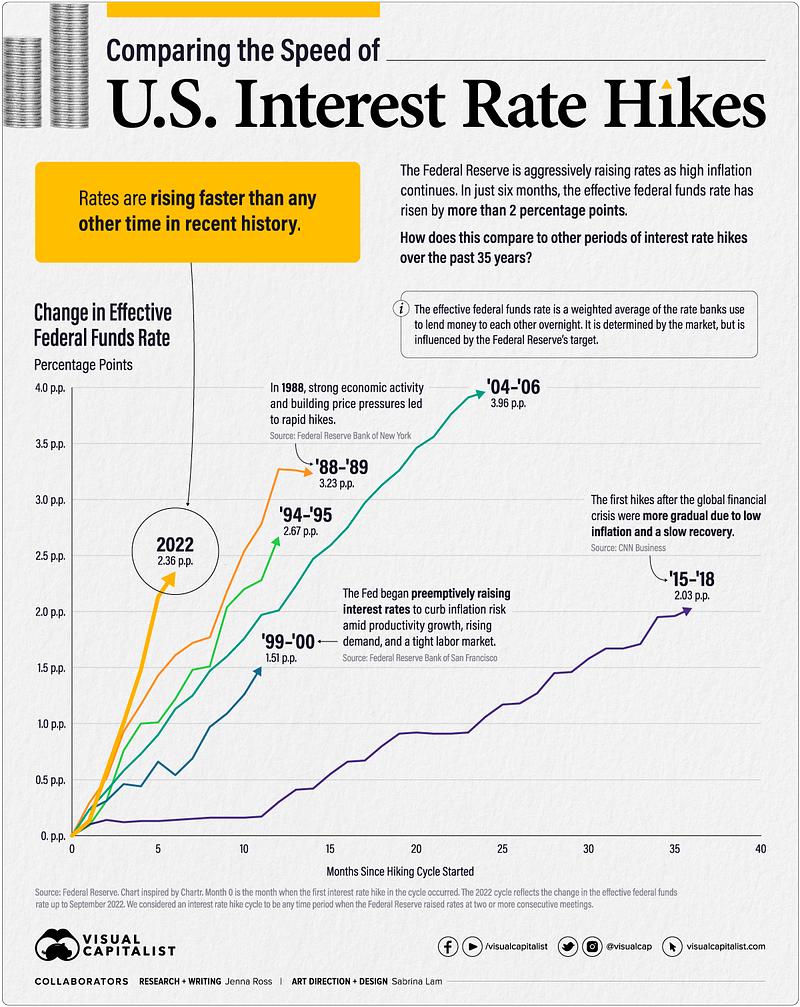
#4: Inflation
We’re one week away from the September 2022 inflation print. Almost half of US families surveyed by the Census Bureau found the recent rise in consumer prices “very stressful.”
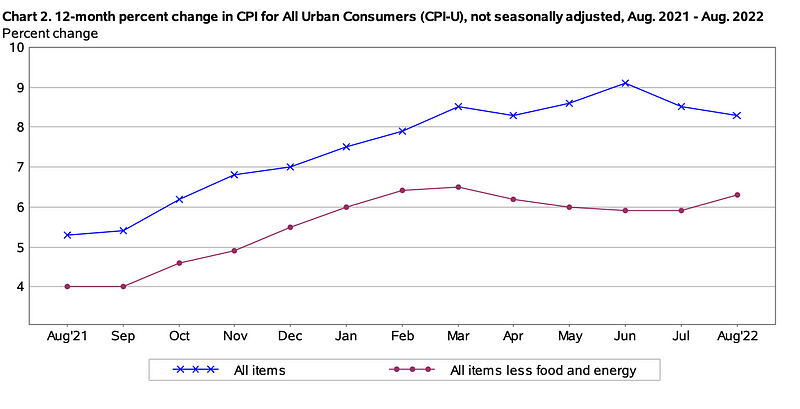
EIEIO: Fast Facts
Entrepreneurship… 95% — the amount of Stanford students using Fizz, a new social app that just raised a $4.5 million seed round (Source)
Innovation… $1.3 billion — the number of venture investments in African fintech startups so far in 2022, on track for another record year (source)
Education… 70 — the amount of EdTech unicorns globally, with 9 new unicorns in 2022 (Source)
Impact… $200 — the cost to sequence a full human genome using Illumina’s new line of DNA sequencer, down from $450 in 2021, $100,000 in 2010, and $95m in 2001 (Source)
Opportunity… $71 trillion — total wealth of the 71 million US Baby Boomers: roughly $1 million per boomer and 15% of all global wealth (Source)
The GSV Big 10
#1 The evolution of Edtech: Activity in private and public markets
While there’s been some pause in the action in Edtech, the trend is your friend. Education is four-fifths the size of the healthcare industry ($6.5T vs. $8T), but edtech VC investment is one-sixth the size. With less than 4% of education digitized, we’re still in the early innings of the Edtech revolution.
#2 It’s Time to Eliminate School Boards
The secret’s out of the bag: an unbelievably small number of voters get school boards elected… which school boards figured out a long time ago. Virginia was a wake-up call. In addition to getting the vote out, we ought to rethink the structure of boards. An average tenure of 2–4 years (vs. 10 years for a public company board director) is not consistent with how you create long term change.
#3 Quarterfinalists Announced in Competition for $1 Million Yass Prize
In conjunction with the Yass Prize, the STOP (Sustainable, Transformational, Outstanding and Permissionless (STOP) Awards are giving away over $10M to education innovators, providers and entrepreneurs. That’s a lot of juice going to innovative ideas. The awards will be held December 14 at Forbes on Fifth in Miami — the hottest place for innovation.
For more insights on the news in education and workforce upskilling, subscribe to N2K and The Big 10.
Connecting the Dots & EIEIO…
Old MacDonald had a farm, EIEIO. New MacDonald has a Startup…. EIEIO: Entrepreneurship, Innovation, Education, Impact and Opportunity. Accordingly, we focus on these key areas of the future.
One of the core goals of GSV is to connect the dots around EIEIO and provide perspective on where things are going and why. If you like this, please forward to your friends and subscribe to EIEIO. Onward!
Make Your Dash Count!
-MM
Michael Moe is the founder of Global Silicon Valley, as well as the ASU GSV Summit, GSVlabs, the GSV MBA in Entrepreneurship, and numerous other investing, advisory, and media businesses. Author of Finding the Next Starbucks (Penguin Group, 2007), The Global Silicon Valley Handbook (Hachette, 2017), and The Mission Corporation (RETHINK Press, 2021), Michael’s honors include Institutional Investor‘s “All American” research team, The Wall Street Journal‘s “Best on the Street” award, and “one of the best stock pickers in the country” by Business Week. As CEO of GSV, he led pre-IPO investments in Facebook, Twitter, Snap, Dropbox, Chegg, Spotify, and many more.

